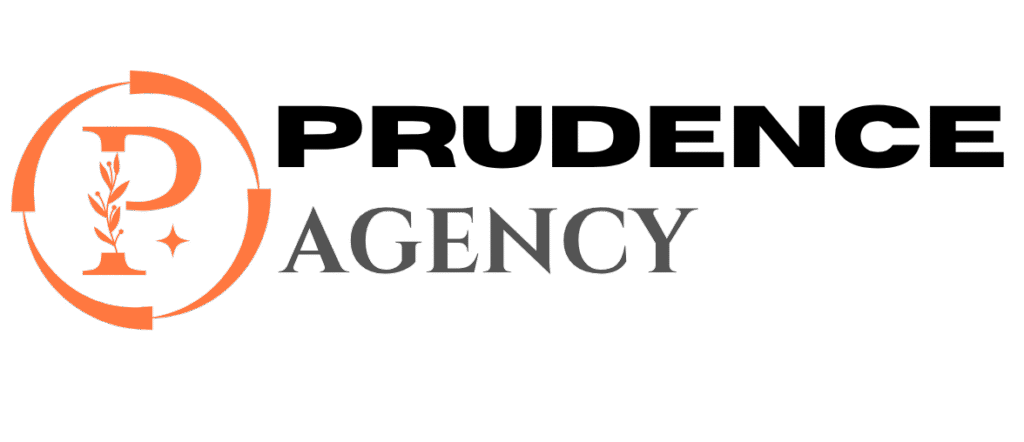How to Improve Your Website Accessibility: Practical Tips & Best Practices
Creating an accessible website is more important than ever. With millions of people relying on assistive technologies and alternative browsing methods, ensuring your site is inclusive can significantly enhance user experience, broaden your audience, and comply with legal standards. In this comprehensive guide, you’ll learn how to improve your website accessibility effectively using proven techniques, accessibility standards like WCAG (Web Content Accessibility Guidelines), and hands-on tips to make your digital presence truly barrier-free.
Why Website Accessibility Matters
Website accessibility means designing and developing your site so that all users – including those with disabilities – can perceive, understand, navigate, and interact with it. Improving web accessibility isn’t just about compliance; it also provides tangible benefits such as:
- Better user experience: Everyone benefits from clear navigation, readable content, and intuitive design.
- Increased reach: Reach users with disabilities, elderly visitors, and those with temporary impairments.
- SEO advantages: Screen readers and search engines both rely on well-structured content, alt text, and semantic HTML.
- Legal compliance: Adhering to laws like the Americans with Disabilities Act (ADA) protects your business.
- Enhanced brand reputation: Demonstrate social responsibility and inclusiveness.
Understanding Key Accessibility Standards
Before diving into actionable advice, it’s essential to understand the standards guiding accessible web development:
| Standard | Description | Purpose |
|---|---|---|
| WCAG 2.1 | Web Content Accessibility Guidelines developed by W3C | Ensures websites are accessible to all users, including those with disabilities |
| ADA | Americans with Disabilities Act (U.S. Law) | Sets legal accessibility requirements for websites and online services |
| Section 508 | Rehabilitation Act amendment for federal employees | Requires federal electronic and IT accessibility |
Essential Tips to Improve Your Website Accessibility
Improving accessibility can seem intimidating, but simple, deliberate steps make a big difference. Here’s how to get started:
1. Use Semantic HTML and Proper ARIA Roles
Writing semantic HTML tags (like











